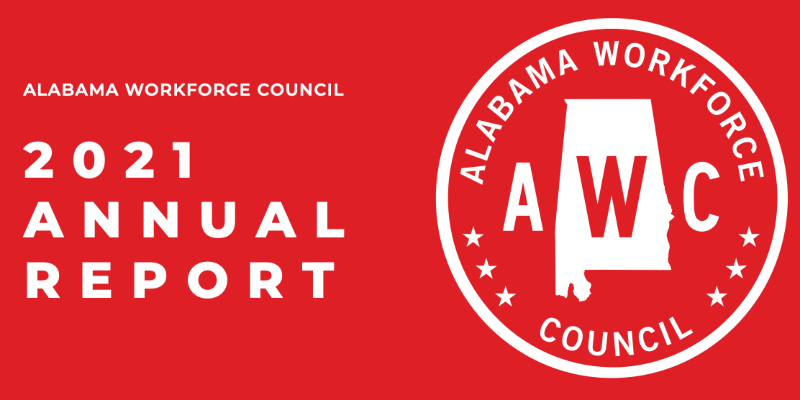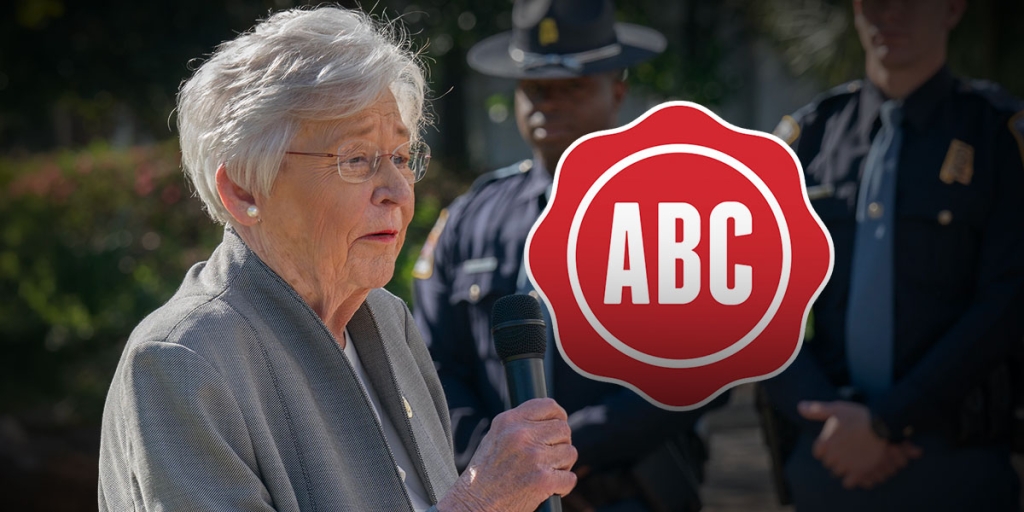The Alabama Workforce Council released its annual report on Friday. The document showed that the coronavirus pandemic threw a wrench into the state’s workforce development machinery, but progress is still being made.
Hanging over all of Alabama’s workforce development efforts is Governor Kay Ivey’s stated goal of adding 500,000 credentialed workers to the state’s pool of labor by the year 2025. That benchmark has become harder to achieve, per the report, but every effort is being made to get there.
“Many of Alabama’s industries have proven resilient during the pandemic, and the Alabama Workforce Council (AWC) will continue to collaborate with our education and workforce stakeholders to align the education and training programs that will prepare Alabamians for the post-COVID-19 labor market,” AWC chairman Tim McCartney and vice chair Sandra Koblas said in a letter accompanying the report.
The report also finds silver linings in the effects of COVID-19 on Alabama’s workforce, which now contains “an unprecedented number of unemployed people, many of whom may not be going back to the business where they were previously employed.”
“Those people need additional skills training that they now have the time to obtain,” explains the report.
AWC cites the poorly ranked performance of Alabama’s K-12 education system as a continuing hindrance on creating skilled workers, including a specific focus on the “12-percentage-point gap between the number of students who are graduating high school, at 92 percent, and those that graduate college and career ready, at 80 percent.”
2021 will see the AWC launch a pair of tools to help increase the number of credentialed workers: ACCET, the Alabama College and Career Exploration Tool, and ATLAS, the Alabama Terminal on Linking and Analyzing Statistics on Career Pathways.
AWC provided a brief description of each of the new tools:
ACCET will allow job seekers to create a verified, digital resume that displays industry-recognized credentials and progress against established competency models. Information will signal to employers that a worker or student possesses the requisite skills for either an entry-level job or progressive wage increases as a result of mastering new competencies.
The ATLAS on Career Pathways will serve as an integrated workforce and education database that will provide the data needed to identify in-demand careers and credentials. This information will be used to regularly adjust Alabama’s workforce and economic development programs to meet the needs of Alabama’s economy.
The Council praised Ivey’s creation of the Alabama STEM Council last fall as helping build a roadmap to STEM success for students in the Yellowhammer State, along with the securing of federal funds to help retrain workers displaced by the pandemic.
“We will continue to provide innovative educational and training opportunities to help Alabamians enter in-demand career pathways for every stage of life,” said Governor Kay Ivey in a statement after receiving the report.
The Alabama Workforce Council’s annual report can be accessed here.
Henry Thornton is a staff writer for Yellowhammer News. You can contact him by email: [email protected] or on Twitter @HenryThornton95.













